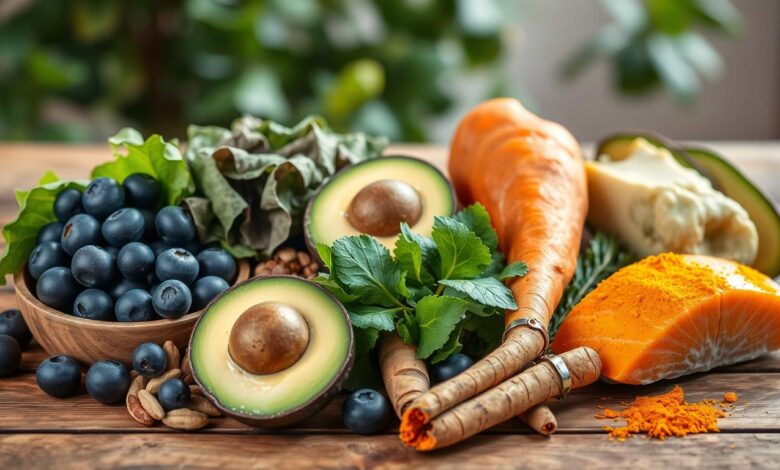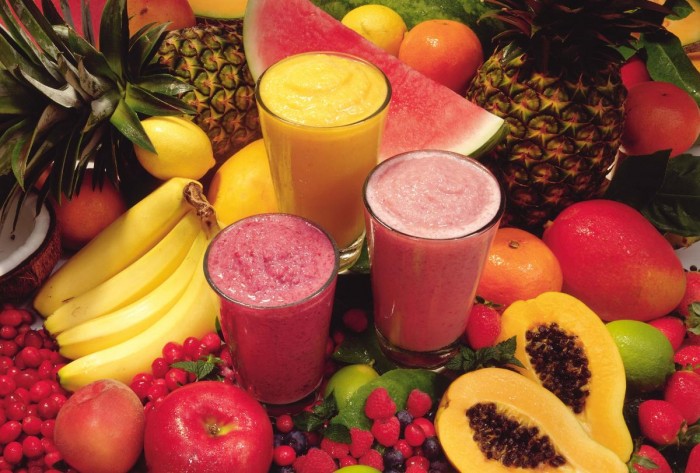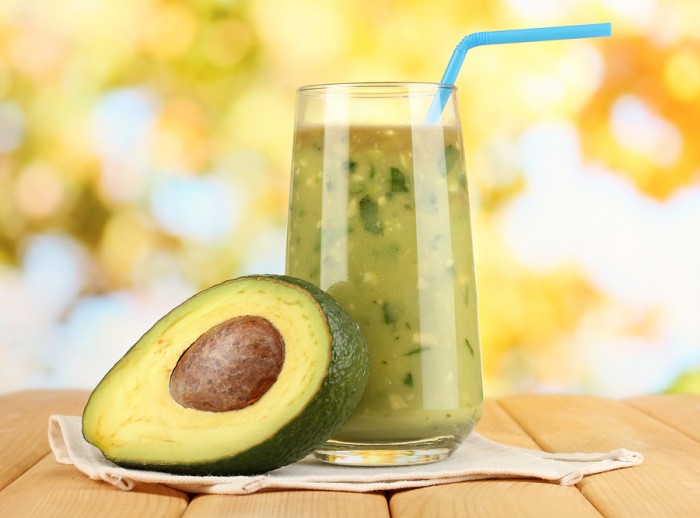
Top 7 Healthspan-Supporting Foods: Boost Your Vitality
By 2100, a quarter of the world’s people will be over 64. But, healthspan – the time spent in good health – has grown slower. It’s key to add foods that boost health and lifespan to our diets.
Genetics only affect 25% of our lifespan. Nutrition is vital for living longer. These top 7 foods are packed with nutrients. They help keep you healthy, fight chronic diseases, and boost your well-being.
Eating foods that boost longevity, mainly plants with some quality animal products, can improve your health. Adding these foods to your daily meals can make you feel better and live longer.
What Are Healthspan-Supporting Foods and Why Are They Important?
The idea of healthspan has become more popular lately. Healthspan is about living a long, healthy life without chronic diseases. It’s different from lifespan, which is just how long we live.
Foods that support healthspan help us live longer, with less risk of chronic diseases.
Defining Healthspan vs. Lifespan
Healthspan is when we’re at our best, feeling healthy and full of energy. It’s the time without age-related illnesses. On the other hand, lifespan is how long we live, including both good and bad times.
Trying to live a healthier life means we want to extend our healthspan, not just our lifespan.
How Diet Influences Healthspan and Longevity
Eating foods that help us live longer can greatly improve our healthspan. These foods are full of antioxidants, fiber, and healthy fats. They also have essential nutrients.
By eating well, we can keep our gut healthy, boost our immune system, and fight off inflammation. This can help us stay healthy for longer and prevent chronic diseases.
Eating healthspan-supporting foods every day can help us live longer, healthier lives. It’s a great way to stay well and feel good.
1. Leafy Greens: Nutrient Powerhouses for Cellular Health
Leafy greens are packed with nutrients, having less than 100 calories per pound. They are full of folate, lutein, and zeaxanthin. These antioxidant-rich compounds protect your eyes from damage. Eating leafy greens regularly can lower your risk of heart disease, stroke, diabetes, and some cancers.
Key Nutrients and Health Benefits of Leafy Greens
Kale, spinach, collard greens, and swiss chard are full of vitamins and minerals. They are rich in vitamins A, C, and K, and folate, calcium, and magnesium. These anti-inflammatory foods support your cells’ health.
How Leafy Greens Support Heart and Brain Health
The antioxidant-rich compounds in leafy greens improve blood vessel function and reduce inflammation. This is good for your heart and brain. Their high fiber content also helps with digestion and blood sugar control, boosting your heart and brain health.
Practical Tips: How to Incorporate Leafy Greens Daily
- Aim for at least one cup of leafy greens daily, in salads, smoothies, or cooked dishes.
- Pair leafy greens with healthy fats, like avocado or olive oil, to better absorb nutrients.
- Try different leafy greens to add color and flavor to your meals.
- Grow your own leafy greens for a fresh and easy supply.
Adding more nutrient-dense and anti-inflammatory leafy greens to your diet can boost your health and energy.
2. Berries: Antioxidant-Rich Superfoods for Longevity
Berries are top choices for telomere-protecting foods and inflammation-fighting foods. They are full of antioxidants. These fruits are key in the plant-based diet for longevity and blue zones diet. Blue zones are places where people live long, healthy lives.
The Role of Antioxidants in Reducing Oxidative Stress
Berries are full of antioxidants. These fight off harmful free radicals. This helps reduce oxidative stress, which is linked to aging and chronic diseases.
Eating different berries gives your body many antioxidants. This helps fight inflammation and keeps cells healthy.
Top Berries for Healthspan: Blueberries, Strawberries, and More
- Blueberries are known for their antioxidants. They may protect the brain and improve thinking as we age.
- Strawberries are full of vitamin C. They can help lower blood pressure, reduce oxidative stress, and lower cholesterol.
- Goji berries are a traditional superfood. They are rich in carotenoids and may boost the immune system and lower cancer risk.
Creative Ways to Enjoy Berries Year-Round
It’s easy to add telomere-protecting foods like berries to your daily meals. Try topping oatmeal or yogurt with blueberries. Blend strawberries into smoothies. Or snack on dried goji berries for a healthy treat.
Berries are tasty and good for you. They help support your healthspan and longevity.
3. Fatty Fish: Omega-3s for Inflammation and Cognitive Support
Fatty fish like salmon, mackerel, and sardines are full of omega-3 fatty acids. These are key for a healthy anti-aging nutrition and help fight aging. They also help reduce inflammation, which can cause many diseases and speed up aging.
Why Omega-3s Are Essential for Healthspan
Omega-3 fatty acids are crucial for cellular rejuvenation through nutrition. Studies show that half of all deaths are linked to inflammation. Eating fatty fish can lower inflammation, reduce heart disease risk, and boost brain function.
Best Fatty Fish for Optimal Health: Salmon, Mackerel, and Sardines
- Salmon: This cold-water fish is full of omega-3s EPA and DHA. These help reduce inflammation and improve brain health.
- Mackerel: A fatty fish rich in omega-3s and selenium. Selenium supports the immune system.
- Sardines: These small, oily fish are packed with omega-3s. They also have vitamin D and B12.
Tips on Sourcing and Cooking Fatty Fish Sustainably
Choose wild-caught or sustainably farmed fatty fish to avoid contaminants. Include fatty fish in your diet at least twice a week. Grill, bake, or pan-sear them and try different flavors to keep meals interesting.
Adding these anti-aging nutrition powerhouses to your diet can help. They support your overall age-defying ingredients, functional foods for lifespan, and cellular rejuvenation through nutrition.
4. Nuts and Seeds: Healthy Fats for Heart and Brain Health
Nuts and seeds are full of healthy fats, protein, fiber, and vitamins. They are great for your heart and brain. Eating them regularly can help you stay young and healthy.
Key Benefits of Nuts and Seeds: Omega-3s, Fiber, and Antioxidants
The healthy fats in nuts and seeds are good for your heart and brain. They also have antioxidants that protect your cells. Plus, they help with digestion and keep your blood sugar stable.
Top Picks: Walnuts, Chia Seeds, and Almonds
- Walnuts are full of omega-3s and can lower your risk of death by 39-45%.
- Chia seeds are great for smoothies, oatmeal, and baked goods because of their fiber and omega-3s.
- Almonds have healthy fats, vitamin E, and magnesium, which are good for your heart and brain.
How to Add Nuts and Seeds to Your Diet for Maximum Benefit
It’s easy to add nuts and seeds to your diet. Sprinkle walnuts or chia seeds on oatmeal or blend them into smoothies. Use almonds in place of meat or as a topping for salads and yogurt.
Small changes can make a big difference. Adding nuts and seeds to your meals can improve your heart and brain health. Start using them today to stay young and healthy.
5. Cruciferous Vegetables: Detoxifying and Cancer-Fighting Properties
Cruciferous veggies like broccoli, cauliflower, and Brussels sprouts are superfoods. They are packed with nutrients and have special compounds. These compounds help detoxify the body and fight cancer.
Unique Compounds in Cruciferous Veggies: Sulforaphane and Indoles
Sulforaphane is a powerful compound in these veggies. It protects blood vessels and may lower heart disease risk. Eating broccoli sprouts can also help remove harmful toxins from the body.
How Cruciferous Vegetables Promote Longevity and Cellular Health
Eating more of these veggies can help you live longer. They are linked to lower risks of many cancers. This shows that these plants are good for your health.
Simple Recipes Featuring Broccoli, Cauliflower, and Brussels Sprouts
- Roasted Broccoli and Cauliflower with Garlic and Lemon
- Shredded Brussels Sprouts Salad with Apples and Walnuts
- Broccoli Sprout and Quinoa Bowl with Avocado and Toasted Seeds
To get the most health benefits, chew these veggies well. Or, eat them shredded, chopped, juiced, or blended. Adding broccoli, cauliflower, and Brussels sprouts to your plant-based eating can boost your whole food nutrition and healthspan.
6. Whole Grains: Fiber-Rich Foods for Digestive Health and Energy
Whole grains are key to a healthy life. They are full of fiber, which helps your digestive system and keeps blood sugar levels steady. This is important for energy and feeling good. Adding more whole grains to your Mediterranean diet brings many benefits. You get inflammation-fighting ingredients and plant-based antioxidants for a longer, healthier life.
The Importance of Fiber for Digestive Health and Blood Sugar Regulation
Fiber is essential for digestion and blood sugar control. Soluble fiber, like in oats and avocados, slows down sugar absorption. This prevents blood sugar spikes and drops. Insoluble fiber, found in whole wheat, helps move waste and keeps your gut healthy. Eating enough fiber can lower heart disease, type 2 diabetes, and cancer risks.
Whole Grain Superstars: Quinoa, Buckwheat, and Oats
- Quinoa is gluten-free and a complete protein, packed with fiber, minerals, and antioxidants.
- Buckwheat is full of nutrients and contains rutin, a flavonoid that fights inflammation.
- Oats offer soluble fiber for heart and digestive health.
Easy Swaps to Incorporate Whole Grains in Everyday Meals
It’s easy to add whole grains to your diet. Just replace white bread and pasta with whole grain options. Use brown rice, quinoa, or farro instead of white rice. Choose whole wheat bread or pasta for a healthier choice. You can also add whole grains to soups, salads, and baked goods for extra nutrition.
| Whole Grain | Fiber Content (per serving) | Health Benefits |
|---|---|---|
| Quinoa | 5.2g per cup (cooked) | Complete protein, gluten-free, high in antioxidants |
| Buckwheat | 4.5g per cup (cooked) | Rich in the antioxidant rutin, supports heart health |
| Oats | 4g per 1/2 cup (cooked) | Soluble fiber for digestive and heart health |
By making simple changes, you can increase your intake of whole foods for extended lifespan. This includes more inflammation-fighting ingredients and plant-based antioxidants from the Mediterranean diet. Whole grains are a great addition to any healthy diet.
7. Green Tea: Antioxidants and Catechins for Immune Support
Green tea, especially matcha, is packed with nutrients. It has antioxidants and compounds that boost gut health. It’s full of vitamin C and polyphenol antioxidants like EGCG. These have been shown to lower the risk of heart disease, cancer, and more.
How Green Tea Protects Cells and Reduces Inflammation
Drinking green tea regularly offers many health benefits. People who drink the most green tea have lower heart disease and stroke risks. The antioxidants in green tea fight off harmful free radicals. This protects cells and reduces inflammation in the body.
Different Types of Green Tea and Their Benefits
- Matcha: This finely ground powder of nutrient-dense green tea leaves contains up to 137 times more antioxidants than regular green tea.
- Sencha: A bright, grassy green tea rich in amino acids like L-theanine, which can promote calm focus and brain health.
- Gyokuro: A rare, shade-grown green tea with a sweet, umami-rich flavor and high chlorophyll content for a nutrient boost.
When and How to Drink Green Tea for Optimal Health Benefits
Try to drink 2-3 cups of green tea every day. But don’t have it too close to bedtime to avoid sleep issues. Use loose-leaf or bagged teas and steep them in hot water (180°F) for 4-15 minutes. Adding lemon or enjoying it plain can enhance its benefits for gut and brain health.
Integrating Healthspan-Supporting Foods Into Your Daily Routine
To boost your disease-preventing nutrition and get more brain-boosting nutrients, gut health foods, and heart-healthy foods, add a variety of healthspan-supporting foods to your meals. Make sure your plates are full of nutrients. This way, your body gets the vitamins, minerals, and antioxidants it needs to stay healthy.
Creating Balanced Meals That Prioritize Healthspan Foods
Try to eat a mix of fruits, vegetables, whole grains, lean proteins, and healthy fats at every meal. Aim for 5 servings of fruits and vegetables daily. Choose a variety of colors to get different nutrients. Pair these with whole grains and lean proteins like fish, legumes, or poultry.
Tips for Shopping and Meal Prepping with Healthspan Foods
- Choose fresh, whole foods when you shop. Avoid processed items.
- Plan your meals ahead to have the right ingredients.
- Set aside time for meal prep. Prepare foods like leafy greens, berries, and nuts for the week.
- Try new recipes with healthspan-supporting foods to keep your meals interesting and nutritious.
By adding these disease-preventing, brain-boosting, gut health, and heart-healthy foods to your daily meals, you’ll improve your healthspan. This supports your overall well-being.
Common Myths About Healthspan Foods
Many people think certain foods are too expensive for a disease-preventing diet. But, there are many affordable options that support healthspan. Let’s clear up these myths and learn how to nourish our bodies for better health.
Myth 1: Healthspan Foods Are Too Expensive
It’s a common belief that healthy foods are pricey. But, foods like beans, whole grains, and some fruits and veggies are affordable. You can save money by choosing in-season produce, buying in bulk, and using frozen or canned options. This way, you can add these nutritious foods to your diet without spending a lot.
Myth 2: You Need Supplements Instead of Food
Supplements can help fill nutritional gaps, but they shouldn’t replace whole foods. Disease-preventing foods offer a mix of vitamins, minerals, fiber, and antioxidants. These work together to rejuvenate cells and reduce inflammation. Eating a variety of plant-based foods can give you all the nutrients your body needs for health.
Myth 3: Only Raw Foods Are Beneficial for Healthspan
Raw foods are nutritious, but cooked foods can be just as good. For example, cooked tomatoes have more lycopene, and steamed broccoli and Brussels sprouts have more sulforaphane. Eating a mix of raw and cooked foods can help you get the most health benefits.
By understanding these myths, you can start your disease-preventing diet with confidence. Knowing that whole foods are affordable and effective can make it easier to improve your healthspan and live longer.
Conclusion: Elevate Your Healthspan with These Essential Foods
Adding whole, nutrient-rich foods to your diet can change your life for the better. Focus on the top seven foods that support healthspan. These include leafy greens, berries, fatty fish, nuts and seeds, cruciferous veggies, whole grains, and green tea. They help lower disease risk and boost energy.
Final Thoughts on Making Small Changes for Lasting Healthspan Benefits
Building a diet that supports healthspan is about making small, lasting changes. Start by adding more of these foods to your meals and snacks. Over time, these small steps will add up, leading to better health and longer life.
Call to Action: Start Your Healthspan Journey Today with These 7 Foods
Begin your healthspan journey by making whole, plant-based foods the base of your diet. Try new ways to enjoy these foods. By focusing on these nutrient-rich options, you can live a vibrant, long life. Start your journey to better healthspan today.















